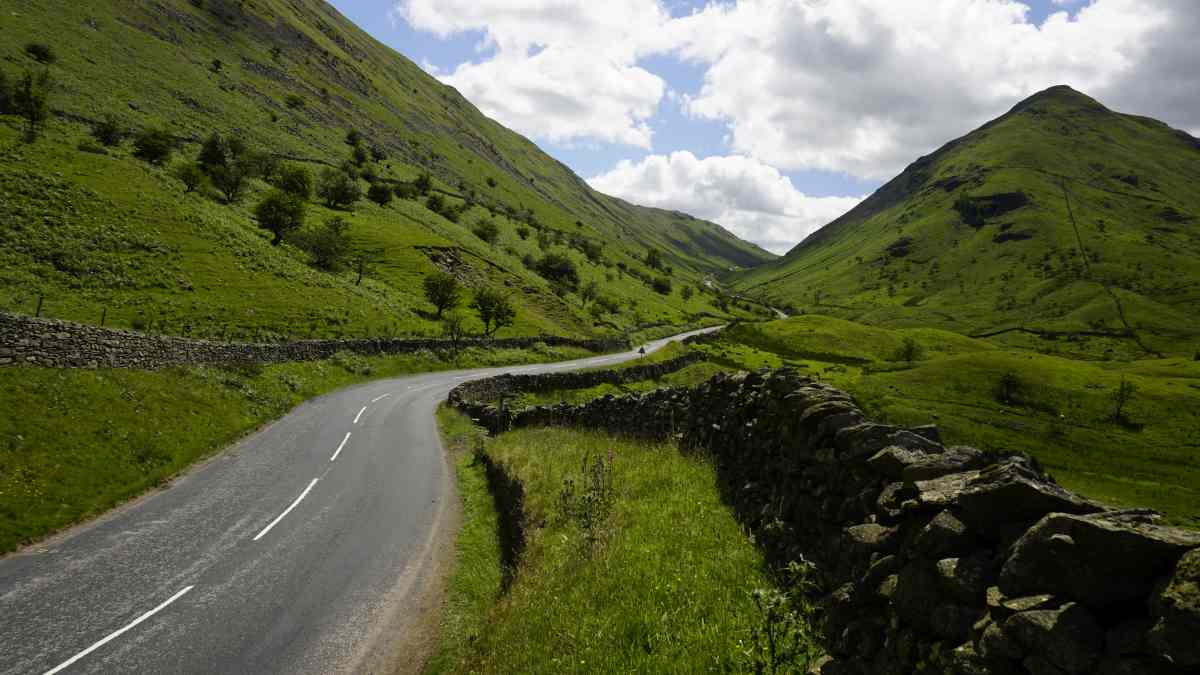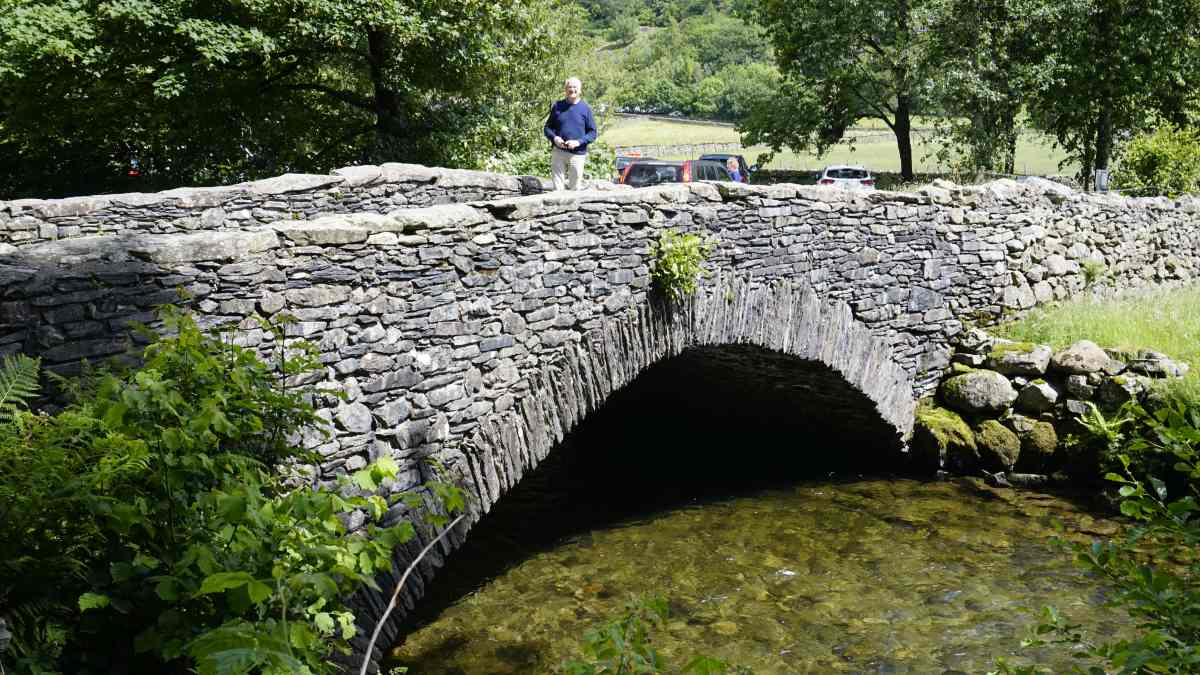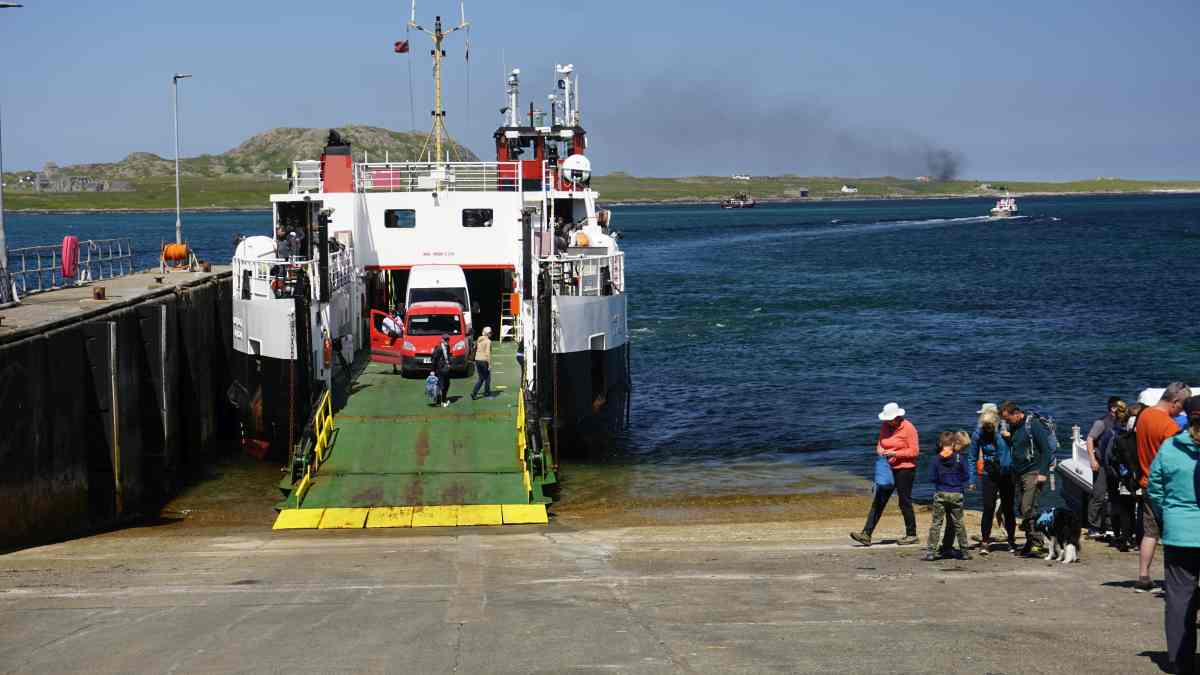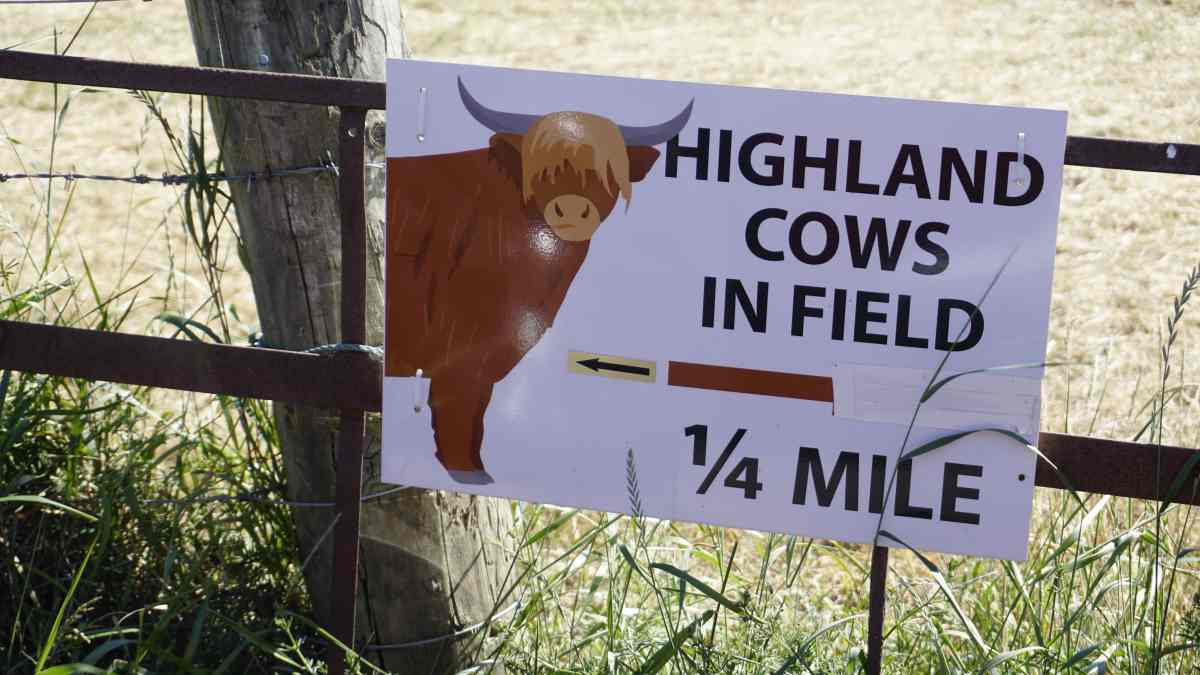
Navigation
Before Google Maps, you had to buy a set of maps for your GPS so you could use it in another country. Thankfully, we usually don’t have to do that anymore. Google Maps allows you to download maps so you can use them offline, which is great when there is poor cell coverage or if you won’t have a cell plan. I will write a separate blog post on how to do this. Waze also works in many places, but you need cell coverage. There are also apps like Sygic which provide navigation, and you can buy maps for individual countries or worldwide. And finally, if you like to tinker, there are ways to download maps from OpenStreetMap and use that as well. Depending on the country, and the quality of the maps, always make sure that you check the route plotted before starting. If a particular turn doesn’t sound right, stop when possible and check it – invariably you will be routed in weird ways if it thinks you may save a mile, and might wind up in a dead-end dirt road or a pedestrian-only road. It’s part of the experience!

Before leaving home:
- Make sure you have your International Driver’s License if needed.
- Print the rental voucher if you were given one.
- Bring the credit card you used to make the reservation, and make sure it’s the one that has the insurance. Note that debit cards are usually not accepted.
- Bring any necessary insurance documents. If using your credit card, there is a document you can download that explains the insurance coverage – bring a copy of that page.
- If you have any emails or chat with the agency that are important, bring a copy.
- Load up Google Maps with offline maps of where you’re going.
- Find a few important places, like your first night’s hotel and mark them as favorites.
- It helps to have a vent holder for your phone. Unfortunately, not all of them work in every car
- Bring charging cables. My last rental no longer had a cigarette lighter plug – only USB.
- And, put the holder and charging cables in your carry-on or in an accessible pocket, so you don’t have to stir up your whole suitcase to find it.
- Find out where the rental desk is. It’s usually at the airport, but sometimes not. Sometimes it’s right after customs but before you go out of the restricted area. Usually, you will take a shuttle bus that will take you to the rental depot. If so, find out where you find the shuttle.

When picking up the car:
- Be patient. You will be tired, but so are the passengers in the rest of the plane or planes that are trying to pick up their car.
- You will have to present your driver’s license and the credit card you used to make the reservation. If you are using your credit card’s insurance, make sure you use the right credit card! You may also need to present proof of insurance.
- You may have a security deposit charged to your credit card, especially if using your own insurance. This can be $1000 or more! It may be a charge or just a hold, but it means you will have less credit to use.
- As mentioned above, they may charge you a pre-pay gas charge, refundable if you return it full.
- Make sure you are being charged the right amount, and that there are no surprise charges.
- Turn on your GPS or phone app so that it finds a GPS signal while you get ready. This is tricky in underground garages, in which case you have to find a way to pull out and stop as soon as you have signal (don’t try to do it while driving!).
- Do a thorough inspection of the car for dents, scratches or any other damage, including inside. Take pictures of all of them, and make sure that the attendant marks them on the rental documents.
- Find out where the gas filler cap is (left or right?) and how to open it (not always obvious!).

- Any special things about driving the car? The last automatic car I rented had a weird transmission which was best used as a manual – it took some getting used to!
- Find out where to return the car – it’s not always the same place as you picked it up. Best of all, mark it in your map or GPS so you can find it easily.
- Get familiar with the car, and relax – you’re on vacation! Take it easy and it will all work out. Let the GPS find its bearings; have the route plotted out to the hotel, and look at the overview to have a general idea of where you’re going.
- The moment you drive off you will be bombarded with alien inputs – take it easy, stay to the right, and follow a slow vehicle until it all settles. Picking up a car in downtown Bangkok was a hair-raising experience (crazy traffic, driving on the “wrong” side of the road, and signs in an incomprehensible alphabet), but it all worked out and we had a great time.
- As you drive away, find a nearby gas station so that when you return it you don’t have to scramble searching for it. For example, in San Salvador airport the gas station was in the next town.

When dropping off:
- Allow enough time to return the car, take the shuttle bus, etc. One time in Edinburgh we almost lost the flight because the rental office was jam-packed with irate customers and only one agent (it happens!).
- Fill up with gas in a place near the return.
- Do a final inspection, especially for dents and scratches that may have happened without your knowledge.
- If you are paranoid, take pictures of the exterior of the car so you can show it wasn’t damaged in your possession, especially if you are dropping the keys in the drop box.
- Make sure you take all your belongings! Especially charge cables, phone mount, GPS, teddy bears, etc.

Congratulations! You made it! I hope you enjoyed your adventure, and you visited some cool places that were otherwise out of reach. Another nice thing about having your own transportation is being able to stop for pictures or a picnic whenever you want – if you are on a bus or train you can’t do that. You also have a lot more vacation time, as you are not waiting for transportation – leave when you want and you are instantly on your way!